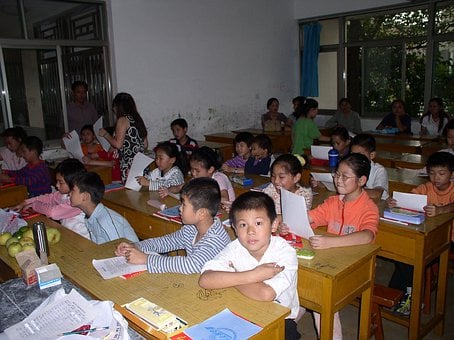Overview
Technological change and modern machine manufacturing have come a long way. The introduction of such machinery from ancient handicraft work became the fundamental pathway of the industrial revolution that completely transformed industrial work.
The process began in the 18th century in Britain and soon spread into other parts of the world. Since then, the economic transformation result has changed the way we work in historical days. And it’s fascinating to study the industrial revolution that became the base of the modern economic model.
In universities and colleges, students get multiple assignments on this topic of concern. However, collecting information on such a vast topic is a real challenge. Some students prefer to seek economic assignment help from experts to complete their tasks.
However, before jumping to any conclusion, let us study this topic in detail.
Characteristics of the Industrial Revolution
The term economic transformation and the industrial revolution was popularized by Arnold Toynbee, an English economic historian. He described how the British economic development started from 1760-to 1840. However, the industrial revolution is not accepted in other parts of the world, such as India and China. The process didn’t start until the 20th century. But other countries like Europe, the United States, Western Europe, and others already started in the 19th century.
- The Industrial Revolution’s main characteristics are socioeconomic, technological, and cultural. Technological changes have become the major parts of the industrial revolution that help us work with a new approach and in a different way.
- The prime material used for manufacturing such machines was steel and iron
- New energy resources such as motive power, fuels including electricity, coal, petroleum, and steam engines have been introduced
- New machinery such as power loom and spinning jenny was introduced to increase production with a less labor-intensive force.
- The factory system has been introduced, bringing a new work environment and increasing labor division with special skills.
- Various transportation and communication ways have been developed, such as steamships, locomotives, airplanes, automobiles, telegraphs, and radio. This further brought the industrial revolution and improved business standards to work from any zones and connect different areas.
- Science and technology have increased in industrial areas for mass production. The technological changes tremendously speed up the manufacturing process and help in increasing the use of natural resources for mass production.
In addition to this characteristic of the industrial revolution, there are some nonindustrial sphere has been developed, which are as follows:
- Improvement in the agricultural practices and non-agricultural sectors improve the flow of food material into the world
- The economic changes further result in a broad distribution of economical resources. A decline in land use in a sustainable way is helpful in industrial production and increases international trade.
- The business policies and political changes also shift the economical power corresponding to the industrial society.
- Sweeping the social changes and development of urban areas, including the working-class movement, brought a new pattern of work and authority.
- New industrial machines’ cultural transformation and innovation have transformed the broader orders. The business workers acquired distinctive skills, and a machine has taken the shift to the new industrial world. Hand labor work has transformed into machine operations and is subject to the discipline. Moreover, physical changes, including resources and machinery, have heightened the industrial revolution.
First Industrial Revolution (1760-1830)
Earlier the industrial revolution was only confined to limited countries such as Britain. The revolution began with the British Forbade skilled workers, exporting machinery, and improving manufacturing techniques. The British monopoly never lasted forever because European businesses wanted to lure Great Britain into bringing the industrial revolution with a new approach and bringing it to Belgium.
Soon in 1807, Belgium became the prime region where economical transformation and industrial revolution touched the new sky. However, like other industrial sectors, the Belgian industrial revolution also focuses on coal, iron, and textiles. Later, France adapted to the new industrialization process and brought several technologies to speed up the industrial power in 1848.
The Second Industrial Revolution
The industrial revolution has gained a new definition in the last 19th and 20th centuries. Now, modern industries have been set up, and many natural resources, including synthetic resources, are utilized to make the finest products. It includes alloys, plastic, light metal, and renewable energy resources. Later on, the development of computerized machines, tools, and automated machines in factories became a major part of the industrial revolution.
Bottom Line
The industrial revolution has a broad term and is widely distributed in almost every world region. With time, the industrial revolution has played a significant role in the growth of the economy and business world. Soon, the world of machines dominated the business world and increased production to meet current demand. Hence, this industrial revolution becomes the base of the current economy and manufacturing industries.








Leave a Reply